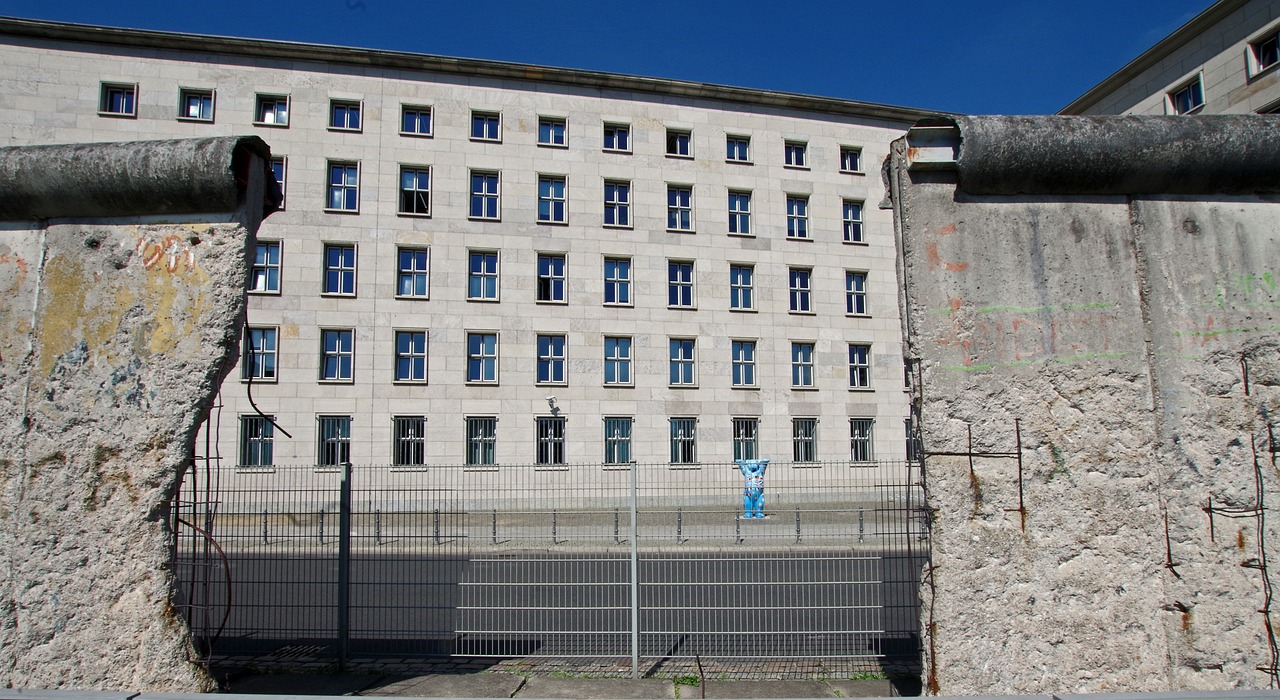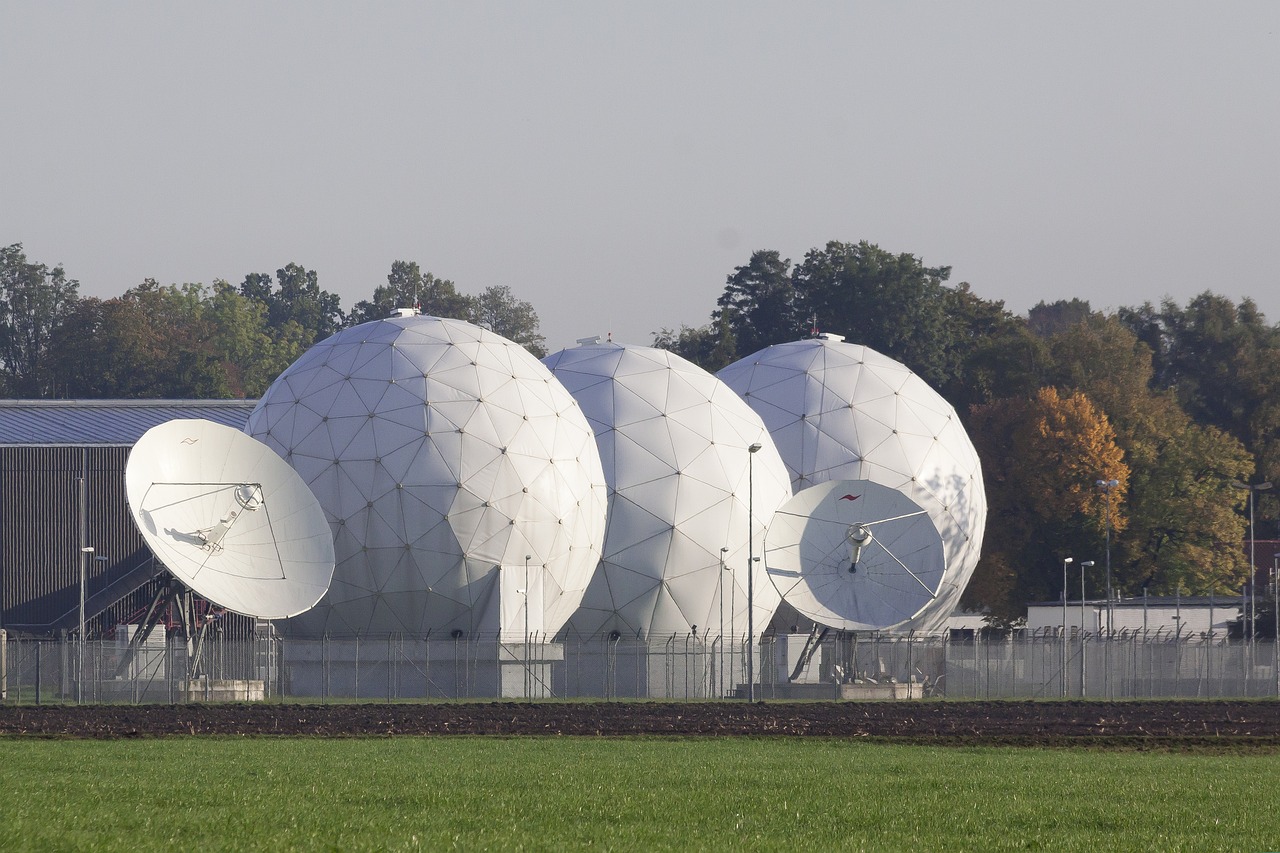Did you know that the Department of Homeland Security (DHS) was established in response to the September 11, 2001 terrorist attacks? Since then, DHS has been tasked with protecting the United States from various threats, including natural disasters and terrorist attacks. One of the key components of DHS is the Federal Emergency Management Agency (FEMA), which is responsible for coordinating the federal government’s response to disasters.
FEMA Federal Operations Centers play a crucial role in coordinating the response to disasters and emergencies. These centers are staffed by personnel from various federal agencies, including DHS, FEMA, and other government departments. They are equipped with state-of-the-art technology and resources to ensure a swift and effective response to any crisis that may arise.
In times of crisis, the FEMA Federal Operations Centers serve as a hub for coordinating and disseminating information to federal, state, and local agencies. These centers provide a centralized location for decision-makers to collaborate and make informed decisions based on real-time data and intelligence. By centralizing operations, the FEMA Federal Operations Centers can streamline the response effort and ensure that resources are deployed efficiently.
During a disaster response, every minute counts. Studies have shown that having a centralized command center, like the FEMA Federal Operations Centers, can significantly reduce response times and improve overall outcomes. By bringing together experts from various agencies and disciplines, these centers can ensure a coordinated and cohesive response to any emergency situation.
Effective communication and coordination are essential during a crisis. The FEMA Federal Operations Centers are designed to facilitate communication between all levels of government and ensure that information is shared quickly and accurately. By leveraging the expertise and resources of multiple agencies, these centers can mobilize a rapid and effective response to any disaster, whether natural or man-made.
What Components Make Up the DHS/FEMA Federal Operations Centers?
The DHS/FEMA federal operations centers include key components such as the National Response Coordination Center, the Regional Response Coordination Centers, and the Federal Emergency Management Agency Operations Center. Each of these centers plays a vital role in coordinating emergency response efforts and ensuring efficient communication and coordination during times of crisis. To learn more about each of these components and their specific functions within the DHS/FEMA federal operations centers, continue reading below.
Key Components of DHS/FEMA Federal Operations Centers
It is essential to understand the key components of DHS/FEMA Federal Operations Centers to grasp their significance in emergency response and disaster management. The following are part of the DHS/FEMA Federal Operations Centers:
1. National Response Coordination Center (NRCC)
The NRCC serves as the primary operations center for DHS/FEMA, coordinating federal response efforts during major disasters and emergencies. It brings together key agencies and partners to facilitate communication, coordination, and decision-making.
2. Regional Response Coordination Center (RRCC)
RRCCs are located in each of FEMA’s ten regions and serve as regional hubs for coordinating federal assistance and resources during disasters. They work closely with state, local, tribal, and territorial governments to support response and recovery efforts.
3. Interagency Operations Center (IOC)
The IOC is a key component of the DHS/FEMA Federal Operations Centers, serving as a platform for interagency coordination and information sharing. It brings together representatives from various federal agencies to collaborate on response activities and resource allocation.
4. National Watch Centers
The National Watch Centers within DHS and FEMA monitor emerging threats, incidents, and hazards in real-time. They provide situational awareness to decision-makers and support operational planning and response coordination.
5. Mobile Emergency Response Support (MERS) Teams
MERS teams are deployable units that provide on-the-ground assistance and expertise during disasters and emergencies. They support incident management, logistics, communications, and other critical functions to enhance response and recovery operations.
6. Incident Management Assistance Teams (IMATs)
IMATs are specialized teams that deploy to disaster-affected areas to provide direct support to incident commanders and emergency management officials. They assist in coordinating federal resources, conducting assessments, and ensuring effective response coordination.
What are the key components of DHS/FEMA Federal Operations Centers?
The key components of DHS/FEMA Federal Operations Centers include:
- Real-time monitoring and situational awareness
- Coordination with federal, state, local, tribal, and territorial partners
- Information sharing and analysis
- Resource management and deployment
- Decision support and crisis management
What is the purpose of a Federal Operations Center?
The purpose of a Federal Operations Center is to facilitate coordination, communication, and decision-making during emergencies and disasters. It serves as a centralized hub for collecting, analyzing, and disseminating information to support response efforts.
How does the Federal Operations Center work with other agencies and organizations?
The Federal Operations Center works closely with federal, state, local, tribal, and territorial agencies, as well as non-governmental organizations and private sector partners. Collaboration and information sharing are key components of the center’s operations to ensure a coordinated and effective response.
Can the public access information from the Federal Operations Center?
No, the information and operations conducted within the Federal Operations Center are classified and sensitive in nature. Access is restricted to authorized personnel involved in emergency response and coordination efforts.
Conclusion
In conclusion, the DHS/FEMA Federal Operations Centers play a crucial role in coordinating emergency response efforts and ensuring effective communication among various federal agencies, state and local governments, and private sector partners during times of crisis. These centers serve as a hub for information sharing, resource allocation, and decision-making, helping to streamline the response process and minimize the impact of disasters on affected communities. Through the integration of various technologies and communication systems, the Federal Operations Centers are able to provide real-time situational awareness and support to stakeholders at all levels, facilitating a more coordinated and efficient response to emergencies and natural disasters.
Overall, the DHS/FEMA Federal Operations Centers serve as a critical component of the nation’s emergency management infrastructure, working to enhance preparedness, response, and recovery efforts in order to better protect the public and safeguard national security. By leveraging the expertise, resources, and capabilities of multiple agencies and partners, these centers are able to effectively coordinate and collaborate in times of crisis, ensuring a unified and cohesive response to emergencies that ultimately helps save lives and mitigate the impact of disasters on communities across the country.





